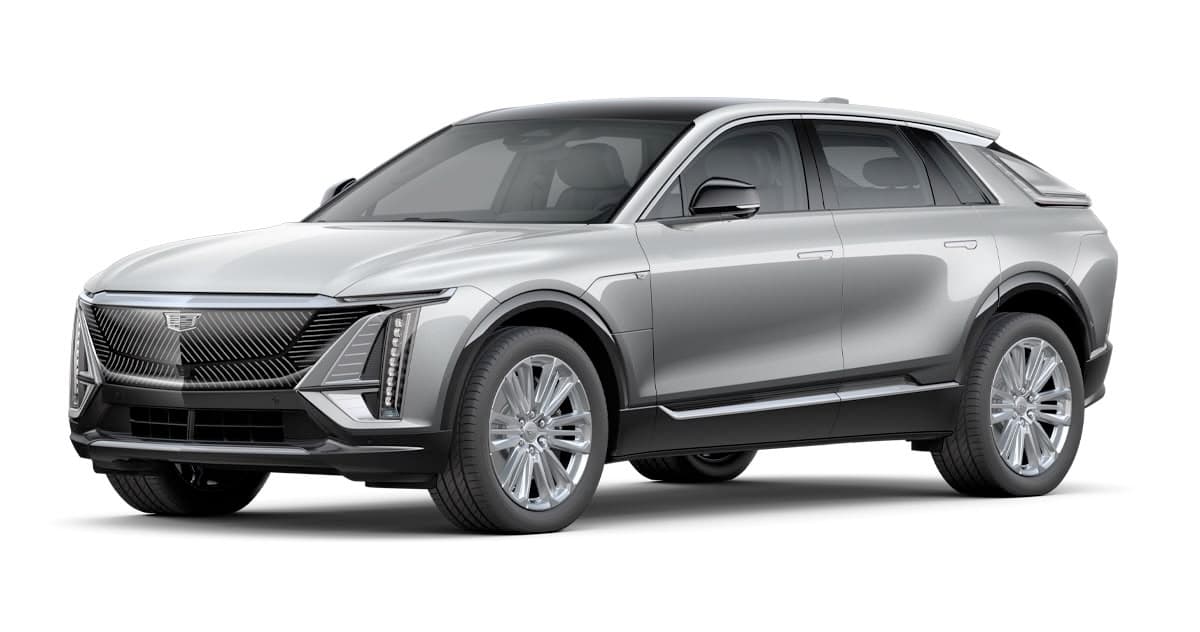Cadillac Lyriq

Price Range
$123,000
Range (WLTP)
530 km
Battery Size
106.8 kWh
Variants
The Lyriq is a "large luxury sports utility" with two variants: Luxury and Sport. There are no differences in powertrain and trim changes are largely cosmetic.
Performance
0-100 km/h
5.3 sTotal Power
388 kWTorque
610 NmTop Speed
210 km/hDrive
AWDRange & Efficiency
WLTP Range
530 kmWLTP Consumption
225 Wh/kmHighway Range
413 kmYour Real Range
Calculate Battery & Charging
Battery (nominal)
106.8 kWhBattery (usable)
102 kWhBattery type
NMCAC Charging
22 kWDC Charging
190 kWVehicle-to-Load (V2L)
NoDimensions & Weight
Length
4996 mmWidth
1977 mmHeight
1623 mmGround Clearance
177 mmWeight
2687 kgShape
Upper Large SUVSeats
5Storage & Towing
Boot Space
793 LBoot Space (Max)
1722 LFrunk
—Towing (Braked)
1600 kgTowing (Unbraked)
500 kgHow many Cadillac Lyriq have been sold in NZ?
There have been 12 registered to date (all NZ new).
Cadillac Lyriq registrations
Monthly units (includes new and used import)
